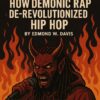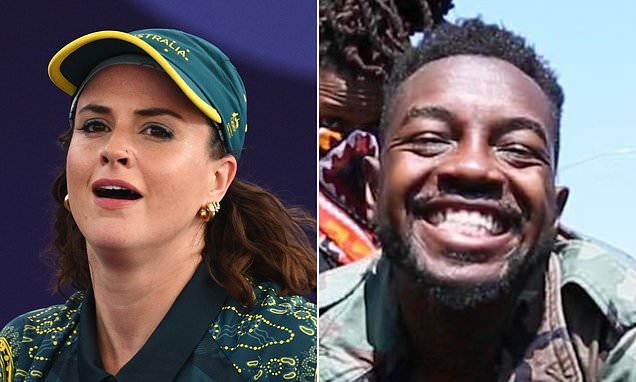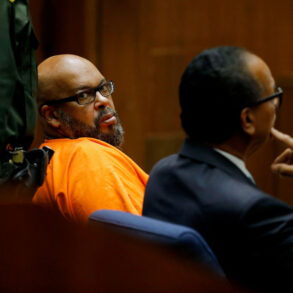- American commentators were scathing of Raygun
- Accused the breakdancing academic of not understanding its history
- Comes as Aussies ask why there was nobody better selected instead
An African American author and historian has accused Australian breakdancer Rachael ‘Raygun’ Gunn of not understanding the culture behind the sport she bombed out in at the Paris Olympics.
Gunn became an international laughing stock on Saturday [AEST] when she failed to score a single point in three battles at the newest sport on the Olympic itinerary.
Her routine – including kangaroo hopping and lots of rolling around on the ground – was flamed online along with her choice of attire for the event.
New York hip hop artist and song-writing educator Mandella Eskia torched Gunn on social media in a viral appraisal of her performance.
‘So imagine you are from Australia and you lied on your Olympics application and said that you know how to breakdance,’ he said on a post that read ‘How did they let this happen?’.
‘You saw some old 80s highlights and said ‘I could do that’.
‘Now you’re on the world stage in a golf outfit hyping yourself up in your head.’
Raygun did not lie on her Olympics application – scoring best in the Oceania competition, even though she did not score a point at the Olympics.
Breakdancing purists were equally scathing.
‘Did they have to qualify or just show up?’ one asked.
‘Sometimes you wanna be Chuck D and it turns out you’re Flavor Flav,’ replied another.
‘What in five-ringed appropriation hell is this?’ asked another.
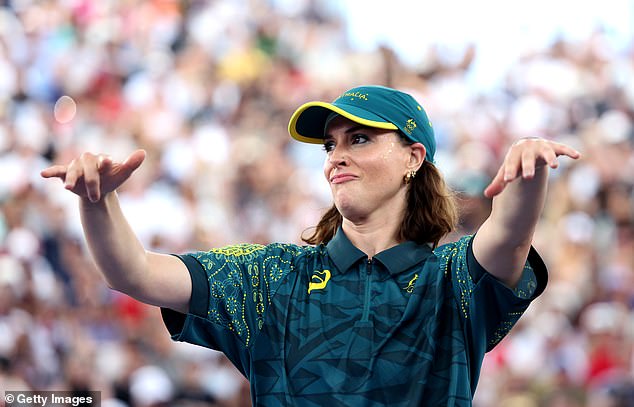
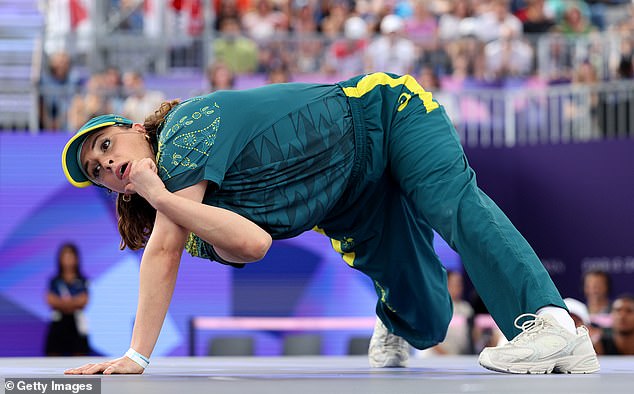
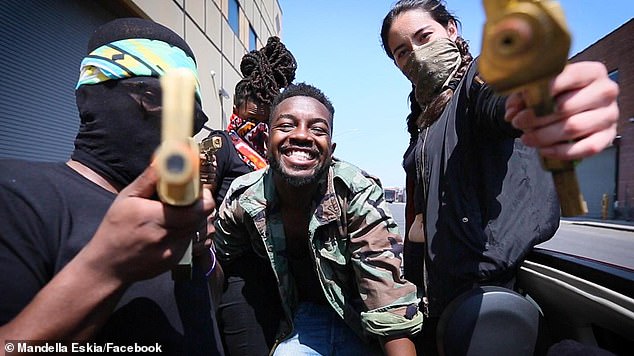
Encyclopedia Britannica defines breakdancing as ‘[An] energetic form of dance, fashioned and popularised by African Americans and Latinos, that includes stylised footwork and athletic moves such as back spins or head spins … [that] originated in New York City during the late 1960s and early ’70s.’
But its genesis dates back to the early days of American colonisation and the slave trading horrors that gripped the United States in the 17th century.
Now a historian who focuses on African American culture has defended Gunn, in a way, by saying she never appropriated the black culture behind breaking.
Because he says she never understood that history or culture in the first place.
Michael Harriot is an award-winning journalist and bestselling author of ‘Black AF History: The Un-Whitewashed Story of America’ who initially mocked Raygun on social media platform X, sarcastically posting ‘NGL [not going to lie] I kinda wanna take Raygun’s class’.
However on Sunday [AEST], he wrote a lengthy thread on the Australian and how she didn’t understand breaking, it’s history in the African American community and the dancers that invented and popularised dance battles in the United States.
He wrote extensively about Bill Bailey, the African American entertainer who unveiled the on-screen backslide back in 1943. It would later be used by Michael Jackson and re-branded as the Moonwalk.
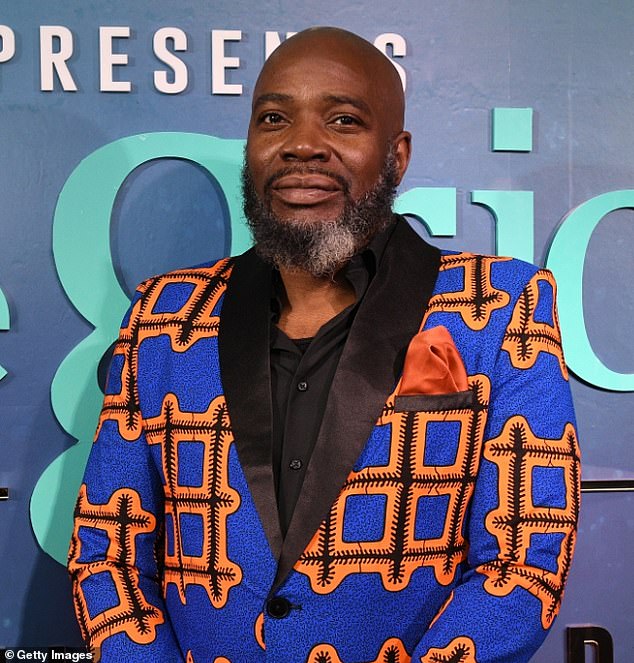
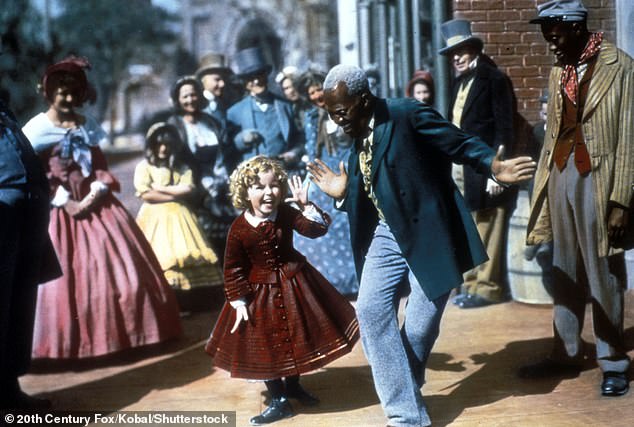
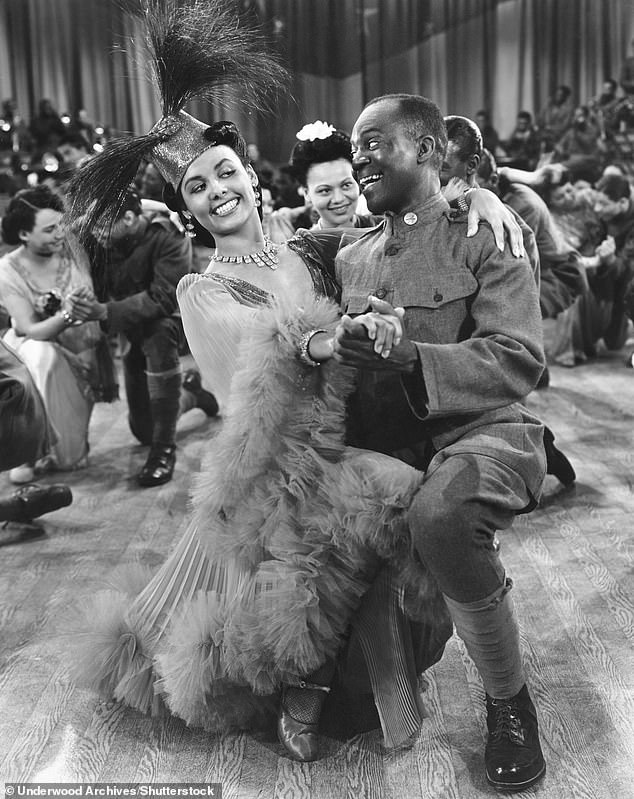
Harriot wrote that black dancers would never use the backslide in ‘battles’ because it was deemed disrespectful, but Bailey would often use it for white audiences – usually accompanied by a joke.
He wrote about how dance battles had always been an integral part of black American dancing culture, referencing American tap dancer Bill ‘Bojangles’ Robinson who reached the peak of his career at the turn of the 20th century.
‘At the end of his show, Bojangles would challenge ppl to a battle. White audiences didn’t know the culture, so they tried,’ Harriot wrote.
‘But black audiences knew not to embarrass themselves.’
He spoke of black gospel music that had nothing to do with religion, but were instead songs of protest that white audiences never knew were being aimed at them.
He wrote about the old practice of ‘cakewalking’, where slaves would dress in handed down clothing and over-exaggerate traditional dances like the Waltz. Again, their white audience had no idea they were being mocked.
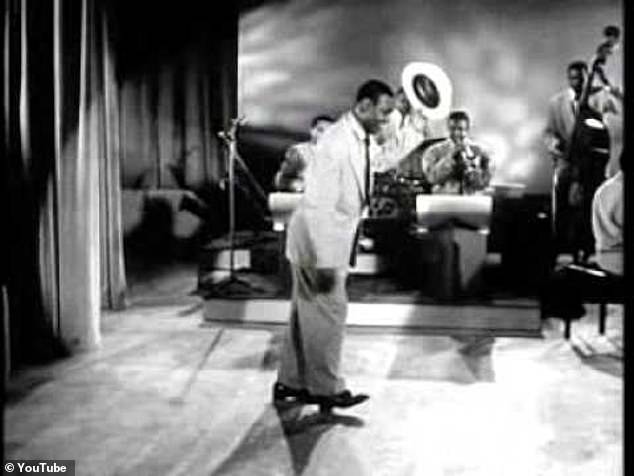
Instead, Harriot writes, white audiences paid homage to black culture with churches adopting gospel singing, white entertainers like Lady Gaga released jazz tracks and now Gunn has adopted a dance rooted in American black history on the global stage.
But he said Gunn had not appropriated black culture. Instead, he claimed she was another example of a white person not understanding they were the target of traditional black dancing.
‘Raygun and the Olympic breakers are not appropriating black culture,’ he wrote.
‘When white evangelicals started shouting during the Protestant reformation, they weren’t doing an African dance.
‘When white Christians sing negro spirituals, they weren’t singing about their foes.
‘The BEST Olympic breakers are like the Mormon Tabernacle Choir singing a negro spiritual or Eric Clapton being called a ‘the greatest blues guitarist’ or when Lady Gaga & Tony Bennet make a jazz album.
‘It’s a tribute to something that Black people used to do.
‘Raygun was the most authentic part of Olympic breaking.
‘She is the one who made the cake for the cakewalkers. She put the Buckra in buckdancing and clapped for the cutting contests. Raygun would’ve leapt at the chance to battle Bojangles or Bill Bailey.’

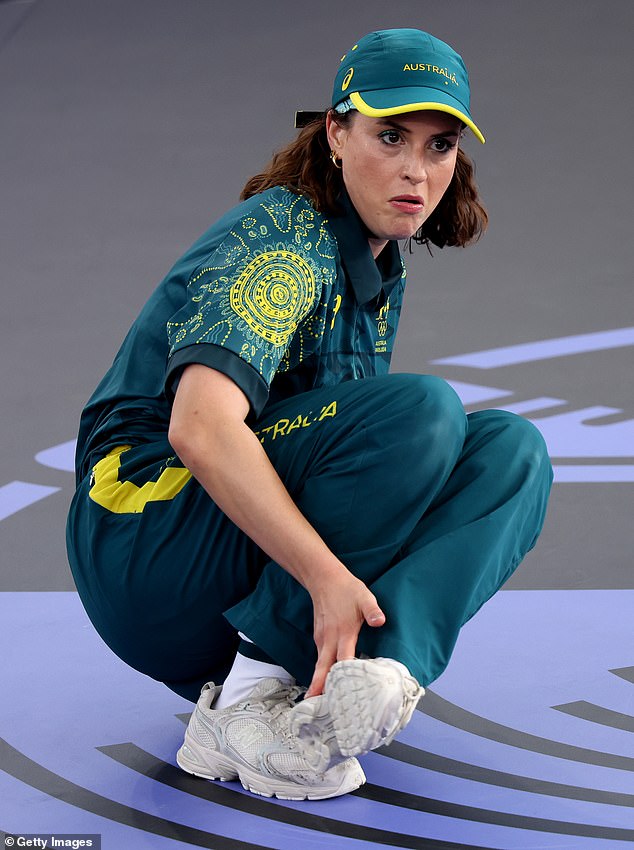
Former CEO and co-founder of racial justice foundation Democracy in Colour Neha Madhok lashed the Australian Olympic Committee for taking Raygun to Paris and said not enough was done to find genuine talent.
‘My timeline is just post after post about the breakdancing academic Olympian. I love my cross section of interests,’ she posted.
‘That’s not to say I’m not enjoying the memes and the completely absurd vibe of it all. But it’s such a shame that once again, Australia sends a mediocre white person to represent us on the global stage because we cbf finding the real talent amongst First Nations people and PoC.
‘This is a reflection on the whiteness of Australian sport, and of Australian attitudes. We could have sent incredible people, the talent is absolutely there, but you have to go to where people are.’
Gunn is a lecturer at Sydney’s Macquarie University with her thesis titled ‘Deterritorializing Gender in Sydney’s Breakdancing Scene: a B-girl’s Experience of B-boying’ that focuses on the intersection of gender and Sydney’s breaking culture.
Prior to the Olympics, she predicted Australia’s failure and blamed a lack of education and understanding for her eventual downfall.
‘When the Olympic announcement was made, the reaction from the broader Australian public was very negative — in fact there was widespread mockery because people don’t see it as a legitimate sport in Australia,’ Gunn told the website of Macquarie University.
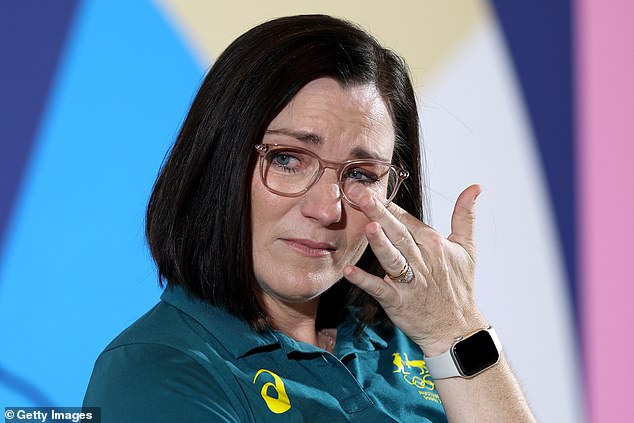
While Gunn continues to attract criticism from a global audience, Chef de Mission Anna Meares said she should be applauded for her courage.
‘In 2008, she was locked in a room crying, being involved in a male-dominated sport as the only woman,’ Meares said.
‘And it took great courage for her to continue on and fight for her opportunity to participate in a sport that she loved.
Aussie Olympic legend Sally Pearson also defended Gunn, saying that winning the gold medal was not the sole ambition for all athletes.
‘Pierre de Coubertin, known as the father of the modern Olympics, famously said ‘the most important thing in the Olympic Games is not winning, but taking part’,’ Pearson wrote in a News Corp column.
‘That’s exactly what Gunn did and it’s a point everybody has overlooked in the wake of her display.
This post was originally published on this site be sure to check out more of their content.


